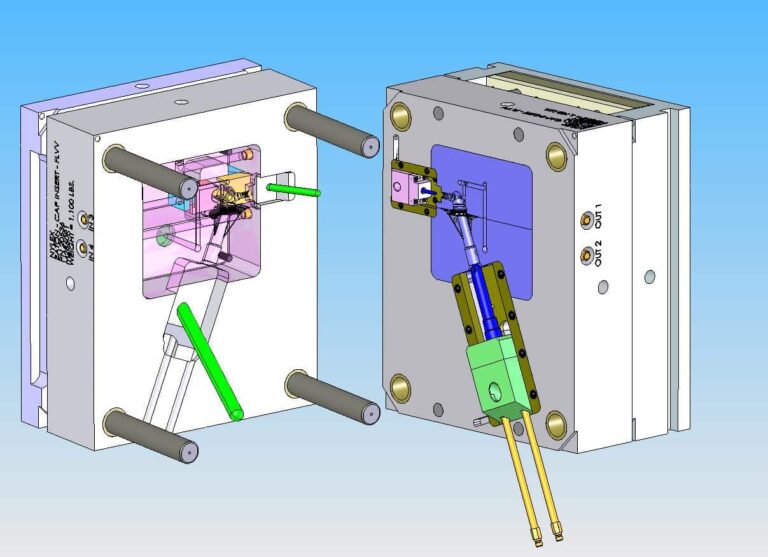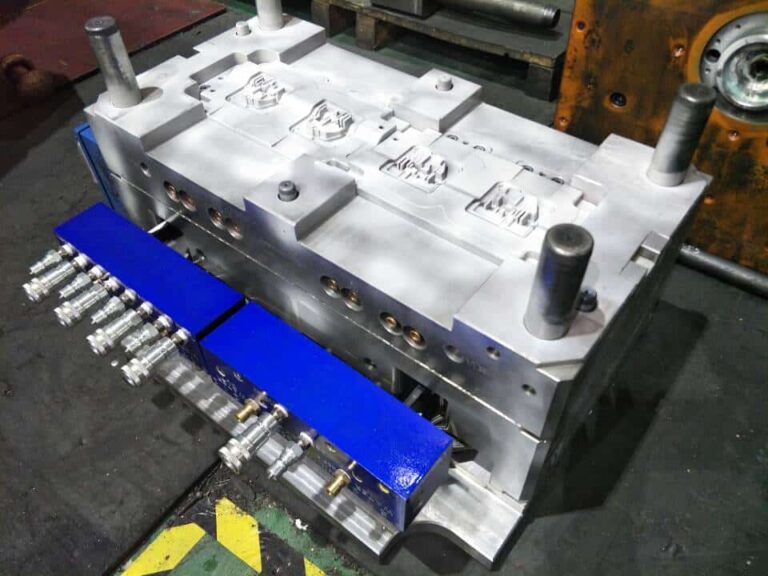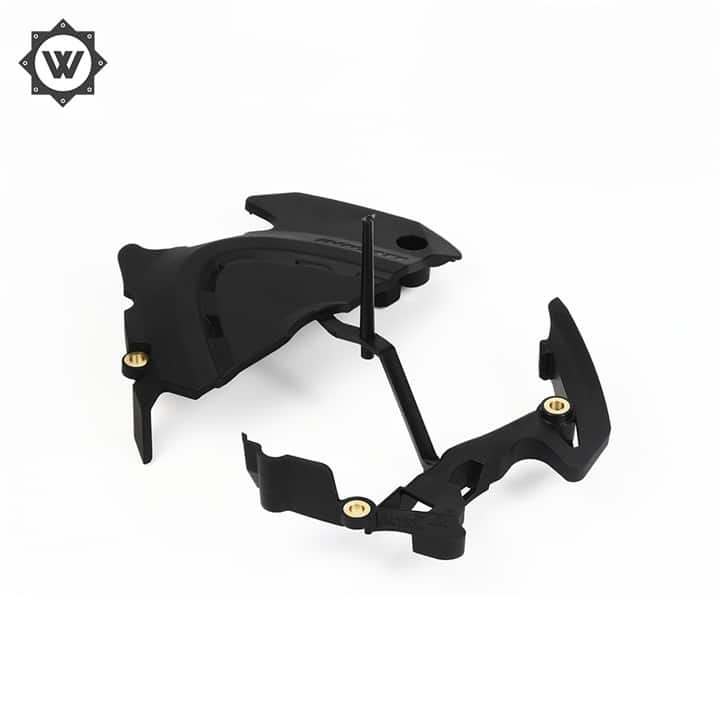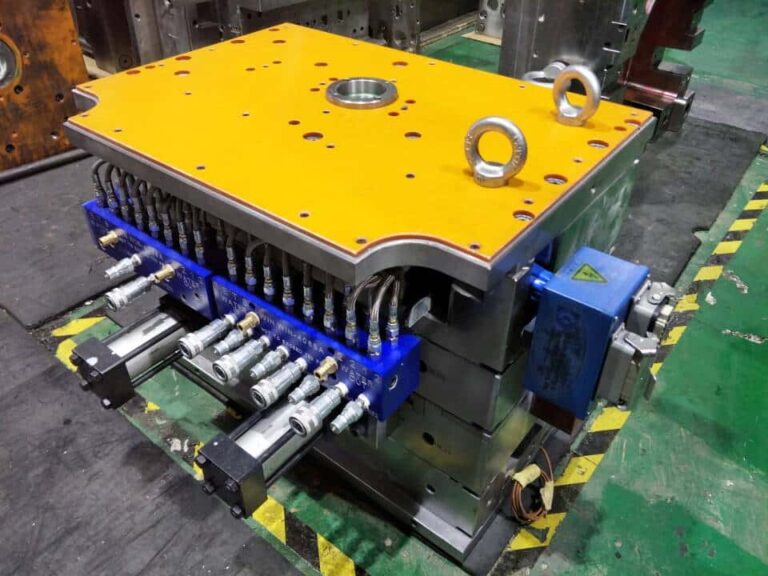Injection molding, also known as plastic injection molding, is an injection molding method. The advantages of the injection molding method are fast production speed, high efficiency, automatic operation, a wide variety of patterns, shapes from simple to complex, and sizes from large to small. Moreover, the product size is accurate, the product is easy to be updated, and it can form parts with complex shapes. Injection molding is applicable to mass production, products with complex shapes and other molding processing fields.
At a certain temperature, the fully melted plastic material is stirred by a screw, and then injected into the mold cavity with high pressure. After cooling and curing, the molded product is obtained. This method is suitable for the mass production of parts with complex shape and is one of the important processing methods.
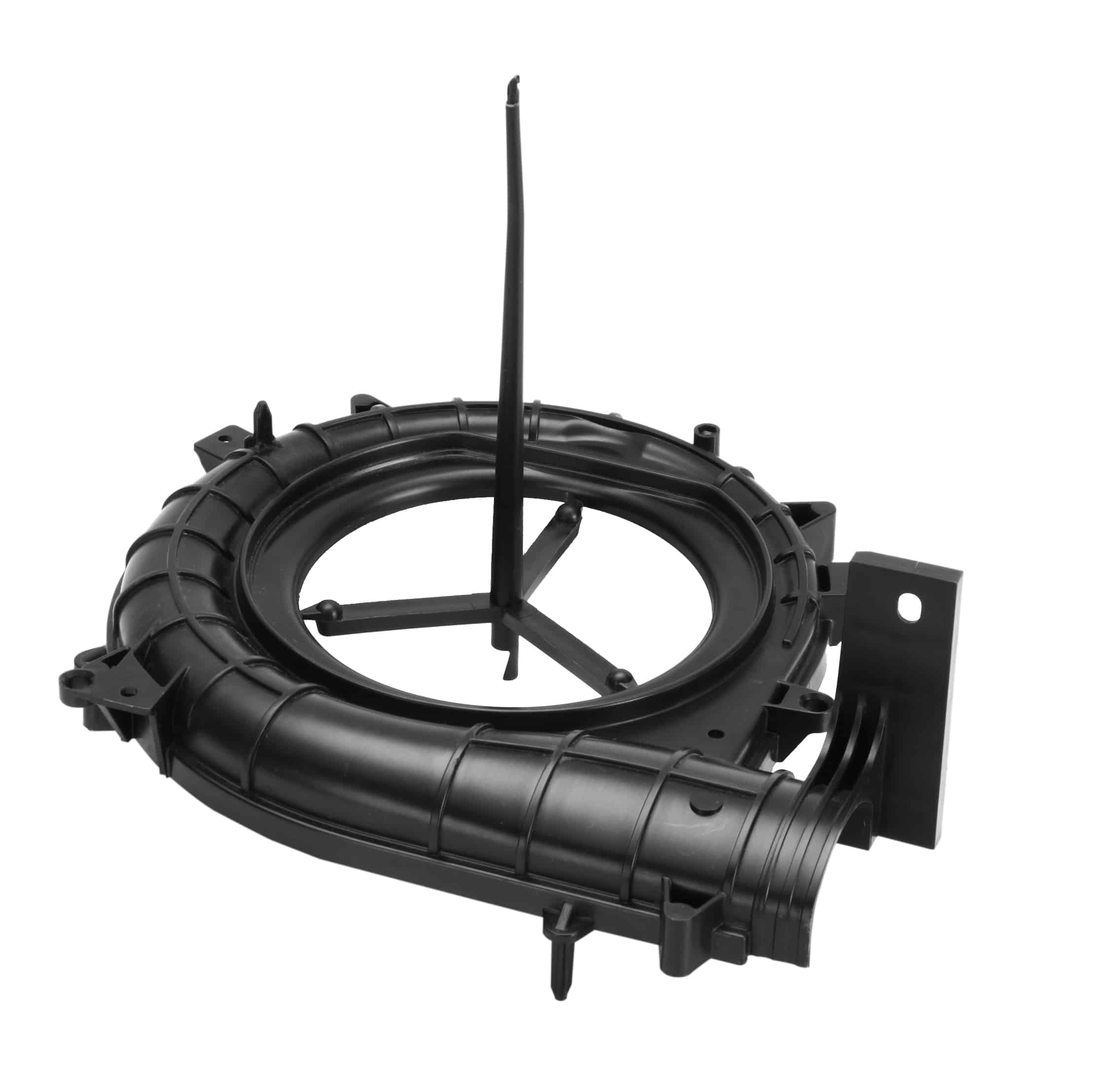
1. Barrel temperature:
The temperature to be controlled in the injection molding process includes the barrel temperature, nozzle temperature and mold temperature. The first two temperatures mainly affect the plasticization and flow of plastics, while the second temperature mainly affects the flow and cooling of plastics. Each kind of plastic has different flow temperature. The flow temperature and decomposition temperature of the same kind of plastic are different due to different sources or brands. This is due to different average molecular weight and molecular weight distribution. The plasticizing process of plastic in different types of injection machines is also different, so the selection of barrel temperature is also different.
2. Nozzle temperature:
The nozzle temperature is usually slightly lower than the maximum temperature of the barrel, which is to prevent the possible “salivation” of molten materials in the straight nozzle. The nozzle temperature shall not be too low, otherwise, the nozzle will be blocked due to the early solidification of the melted material, or the performance of the product will be affected due to the early solidification of the melted material injected into the mold cavity.
3. Mold temperature:
Mold temperature has a great influence on the internal properties and apparent quality of products. The mold temperature depends on the crystallinity of the plastic, the size and structure of the product, the performance requirements, and other process conditions (melt temperature, injection speed, injection pressure, molding cycle, etc.).

